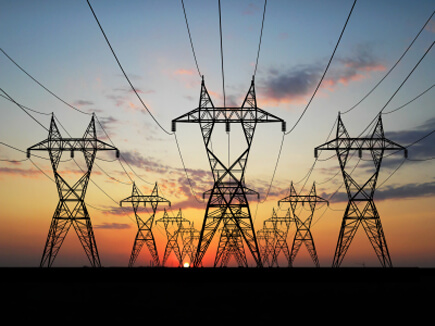
NODES project teams will develop technologies that coordinate load and generation on the electric grid to create a virtual energy storage system.
In early December, the Energy Department’s Advanced Research Projects Agency-Energy (ARPA-E) announced $33 million in funding for 12 innovative projects as part of ARPA-E’s Network Optimized Distributed Energy Systems (NODES) program.
NODES project teams will develop technologies that coordinate load and generation on the electric grid to create a virtual energy storage system. The teams will develop innovative hardware and software solutions to integrate and coordinate generation, transmission, and end-use energy systems at various points on the electric grid. These control systems will enable real-time coordination between distributed energy resources (DER), such as rooftop and community solar assets and bulk power generation, while proactively shaping electric load. This will alleviate periods of costly peak demand, reduce wasted energy, and increase renewables penetration on the grid.
Among examples of the selected NODES projects are: the Energy Department’s National Renewable Energy Laboratory (NREL) will develop a comprehensive distribution network management framework that unifies network-wide energy management at the utility or aggregator level with real-time voltage and frequency control at the level of the home or distributed energy resource controller. The NREL framework enables computationally affordable distributed implementations by decomposing network-level optimization into smaller sub-problems and applying appropriate approximations.
The Pacific Northwest National Laboratory will develop and test a hierarchical control framework for coordinating the flexibility of a full range of DERs, including flexible building loads, to supply reserves to the electric power grid. The hierarchical control framework consists of incentive-based control strategies across multiple time scales. See the Energy Department news release and the complete list of projects.
Filed Under: Energy storage, News, Policy




